Ask MO Anything: Why Are Yamaha the Only Ones to Use a "Crossplane" Crankshaft?
Dear MOby,
Re: last week’s FZ-10 dyno run and the awesome noise its Crossplane crankshaft puts out: If that 90-degree crank is so cool, and if it aids traction like it’s supposed to and all the rest of its supposed benefits, then why does everybody else’s inline Four use a conventional 180-degree crank?
Cranke Curious
Pittsburgh, PA
Dear Cranke,
Suzuki was hoping you’d ask. Here’s what they had to say in introducing the all-new GSX-R1000 last week, which uses the same 180-degree, or flat crank, it always has. Our lead photo shows the new GSX-R engine on the left and the outgoing one on the right; note that the baby bump on front of the old engine, where its small balance shaft used to live, is no more on the new engine.
“Suzuki engineers carefully considered using non-conventional, uneven-firing-order crankshaft phasing versus the GSX-R’s traditional even-firing-order crankshaft phasing.
“The theoretical advantages of uneven firing order can apply in MotoGP racing, where engine output exceeds 230 horsepower and the biggest obstacle to turning good lap times is cornering traction and the rider’s ability to feel how well the rear tire is hooked up at any given throttle opening. But there are very real inherent engineering challenges that must be overcome with an uneven firing order. It’s more difficult to produce strong power and torque with an uneven firing order, especially at low rpm and in the midrange. Vibration is increased, requiring much thicker and heavier crankcases and a counterbalancing shaft, and associated mechanical losses contribute to overheating.
“The big question Suzuki engineers faced was whether or not, for a production motorcycle, the theoretical advantages of an uneven firing order design outweighed the inherent complications. Including the fact that solving the problem of making strong power with an uneven firing order while controlling vibration, heat and weight gain would make the motorcycle more expensive, significantly increasing the retail price.
“With testing, the engineers found that they could enhance traction and feel with a superb chassis design and effective electronics. And they decided that the even-firing-order, screamer engine sounded better, too.”
Ouch.
There you have it. We love the texture of the R1 big-bang engine and how it sounds, but time will tell if its added complexity eventually might go the way of the five-valve head.
Direct your motorcycle-related questions to AskMoAnything@motorcycle.com, though some say we’re better at non-motorcycle-related ones…
More by John Burns






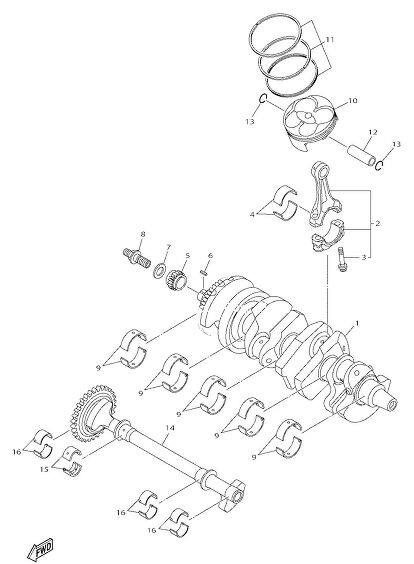

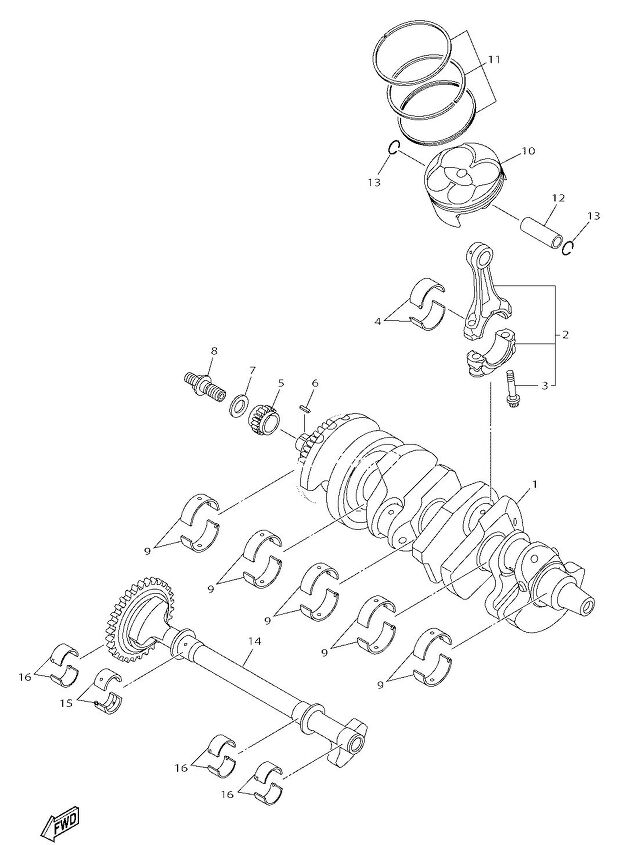












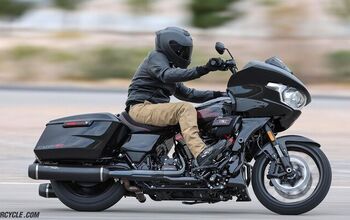
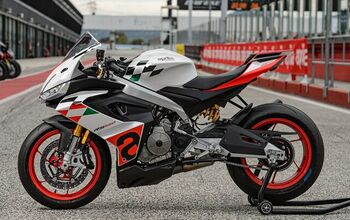





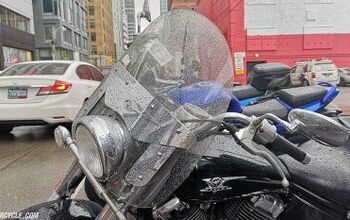




Comments
Join the conversation
Wait...what? The Yami R1 Crossplane makes it's max torque in the 8900 RPM's range, where it is usable. Look it up in your own article that compares all the superbikes. All the other bikes make their max torque way higher in the powerband. That means that the R1 is putting more usable power to the wheel earlier coming out of corners, or for daily commuters pulling away from stop lights. I own a 2009 R1 and my brother just bought a 2016 RSV4 RF two days ago (she had 9 miles on her) and getting on to the freeway at a relatively fast pace (wink wink) I couldn't tell the difference in pull. Now don't get me wrong, into the corners and maybe flat out (which I didn't test, I'm not a dunbass that goes 180+ on a hwy) that RSV4 is a different kind of animal, So Yamaha has figured out how to make "Strong power and torque", especially in the right place...in the lower RPM's where it is usable for most riders.
Every possible design exists in one or more engines. This engine is like a two engines, a parallel twin in the middle two cylinders, and a 270 twin on the outside 2 cylinders.
Every time I hear of a special crankshaft configuration, such as the big bang, or the cross-plane, It seems super brilliant to me for a while, and then the idea seems less cool over time. Eventually Yamaha will go back to a flat-plane and that will be big news. I made a diagram of the crossplane and flat plane cranks.
Crossplane crank
pin clock firing
position order
12 1
9 3
3 2
6 4
fire1 - 270 - fire3 - 180 - fire2 - 90 - fire4 - 180
720 degrees total
**********************************************************
flatplane crank
pin clock firing
position order
12 1
6 2
6 4
12 3
fire1 - 180 - fire2 - 180 - fire4 - 180 - fire3 - 180
720 degrees total